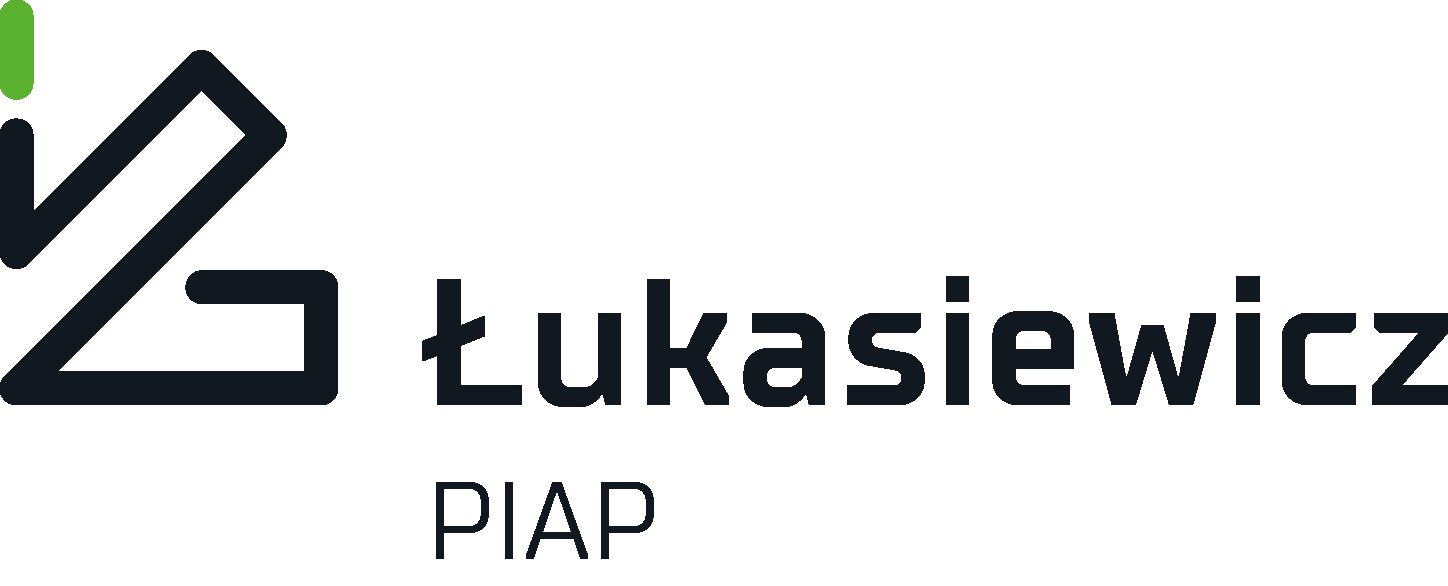Light Exoskeleton Design with Topology Optimisation and FEM Simulations for FFF Technology
Authors
Abstract
Among past years interest in robot-assisted rehabilitation arose significantly; thus, constructions such as exoskeletons are involved in this process much more often. As a patient's bio-signals may be included in a control loop of these devices, they may be also used to support the motion of extremities in an everyday life. Therefore, a field of control over them stays a popular research topic. For this reason, an exoskeleton described in a paper was designed. The most important aim of a project was to enable all anatomical movements within ranges required for the lifting of an object while minimising the mass of the device; to enable everyday support within a wide range of motions. The following paper contains a concept of such a device with the description of a whole designing proces. It consists of antropomethric modelling, FEM simulations and topology optimisation applied to decrease the amount of material needed, and the analysis of considered manufacturing methods. As the exoskeleton was designed to be built with FDM 3-D printing technology, created parts were modelled orthotopically based on nominal mechanical parameters of filaments and directions of their beams. The design is complemented with a short description of control with EMG signals and analysis of load on a user's musculoskeletal system.References
“Compositum ABS ST™”. http://www.corotechnology.com/english/compositumfilament‑series/compositum‑abs‑st/. Accessed on: 2021‑12‑21.
“iglidur® I180‑PF, Filament do drukarki 3D”. https://igus.widen.net/content/5xyi4cs8uh/original/3DP_DS_iglidur_I180‑PF_Product_Data_Sheet_EN_1.pdf. Accessed on: 2021‑12‑21.
“Rozporządzenie Ministra Rodziny, Pracy i Polityki Społecznej z dnia 25 kwietnia 2017 r. zmieniające rozporządzenie w sprawie bezpieczeństwa i higieny pracy przy ręcznych pracach transportowych”. http://isap.sejm.gov.pl/isap.nsf/DocDetails.xsp?id=WDU20170000854. Accessed on: 2021‑12‑21.
M. Cader, Szacowanie wytrzymałości prototypów wytwarzanych przyrostowo metodą FDM, Oficyna Wydawnicza PIAP: Warszawa, 2016, (in Polish).
R. Dindorf, “Rozwój i zastosowanie manipulatorów i robotów rehabilitacyjnych”, Pomiary Automatyka Robotyka, vol. 7, no. 11, 2004, 5–9, (in Polish).
K. Fukuda, H. Tottori, K. Kameoka, T. Ono, and K. Yoshida, “A method for estimating axle weights of in‑motion vehicles and its evaluation”. In: Proc. of the 41st SICE Annual Conference. SICE 2002., vol. 2, Osaka, Japan, 2002, 1014–1018, 10.1109/SICE.2002.1195309.
A. Gedliczka and P. Pochopień, Atlas miar człowieka: dane do projektowania i oceny ergonomicznej: antropometria, biomechanika, przestrzeń pracy, wymiary bezpieczeństwa, Centralny Instytut Ochrony Pracy: Warszawa, 2001, (in Polish).
M. Gzik, Biomechanika kręgosłupa człowieka, Wydawnictwo Politechniki Śląskiej: Gliwice, 2008, (in Polish).
A. Lowe, “Transverse compressive testing of T300/914”, J. Mater. Sci., vol. 31, no. 4, 1996, 1005–1011, 10.1007/BF00352901.
J. T. McConville, C. E. Clauser, T. D. Churchill, J. Cuzzi, and I. Kaleps. “Anthropometric Relationships of Body and Body Segment Moments of Inertia”. Technical Report AFAMRL‑TR‑80‑119, Anthropology Research Project, Inc., Yellow Springs, Ohio, USA, 1980.
E. Mikołajewska and D. Mikołajewski, “Wykorzystanie robotów rehabilitacyjnych do usprawniania”, Niepełnosprawność ‑ zagadnienia, problemy, rozwiązania, vol. 3, no. 4, 2013, 21–44, (in Polish).
M. Pajor and P. Herbin, “Egzoszkielet kończyny górnej ‑ model z wykorzystaniem rzeczywistych parametrów ruchu”, Modelowanie Inżynierskie, vol. 26, no. 57, 2015, 40–46, (in Polish).
P. Poszwa and M. Szostak, “Topological optimization of the design of products manufactured by injection molding of plastics”, Mechanik, vol. 90, no. 11, 2017, 948–950, 10.17814/mechanik.2017.11.151.
J. Rosen, J. Perry, N. Manning, S. Burns, and B. Hannaford, “The human arm kinematics and dynamics during daily activities ‑ toward a 7 DOF upper limb powered exoskeleton”. In: Proc. 12th International Conference on Advanced Robotics, ICAR 2005, Seatle, WA, USA, 2005, 532–539, 10.1109/ICAR.2005.1507460.
M. A. Samuels, Manual of Neurologic Therapeutics, Lippincott Williams & Wilkins, 2004.






